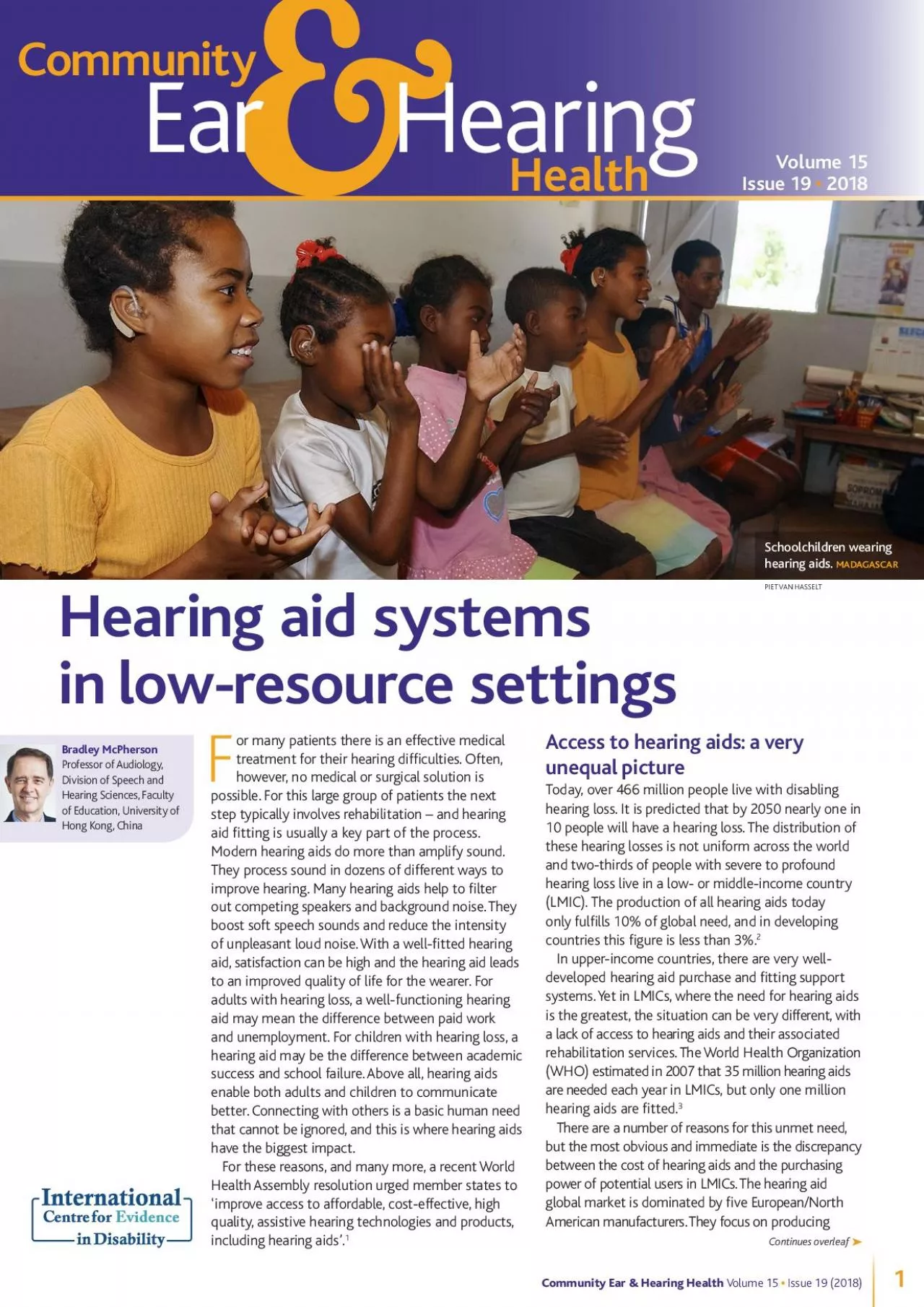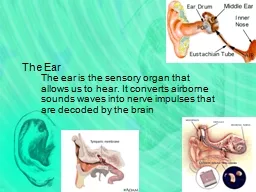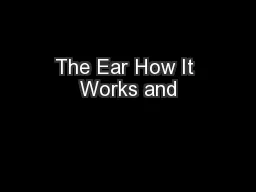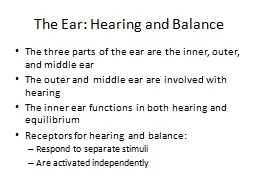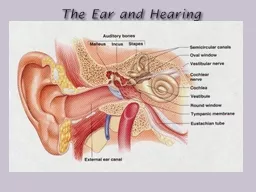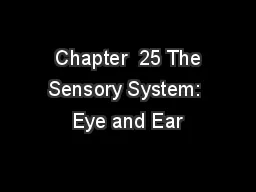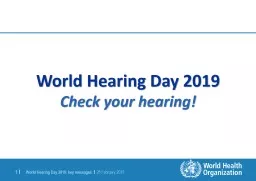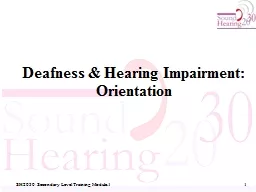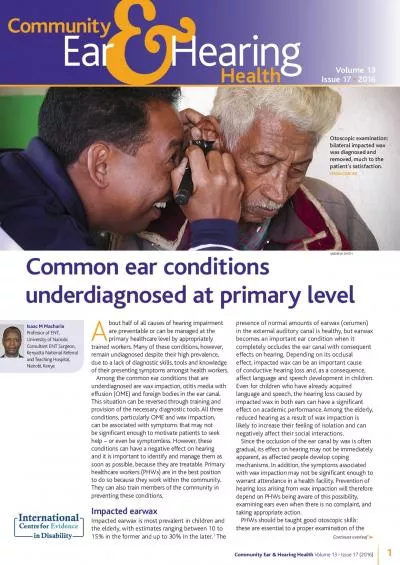PDF-Community Ear Hearing Health Volume 15 Issue 19 2018
Author : natalie | Published Date : 2022-10-28
1 31 CommunityEar HearingHealth Hearing aid systems in low resource settingsor many patients there is an effective medical treatment for their hearing dif31culties
Presentation Embed Code
Download Presentation
Download Presentation The PPT/PDF document "Community Ear Hearing Health Volume 15 ..." is the property of its rightful owner. Permission is granted to download and print the materials on this website for personal, non-commercial use only, and to display it on your personal computer provided you do not modify the materials and that you retain all copyright notices contained in the materials. By downloading content from our website, you accept the terms of this agreement.
Community Ear Hearing Health Volume 15 Issue 19 2018: Transcript
Download Rules Of Document
"Community Ear Hearing Health Volume 15 Issue 19 2018"The content belongs to its owner. You may download and print it for personal use, without modification, and keep all copyright notices. By downloading, you agree to these terms.
Related Documents

